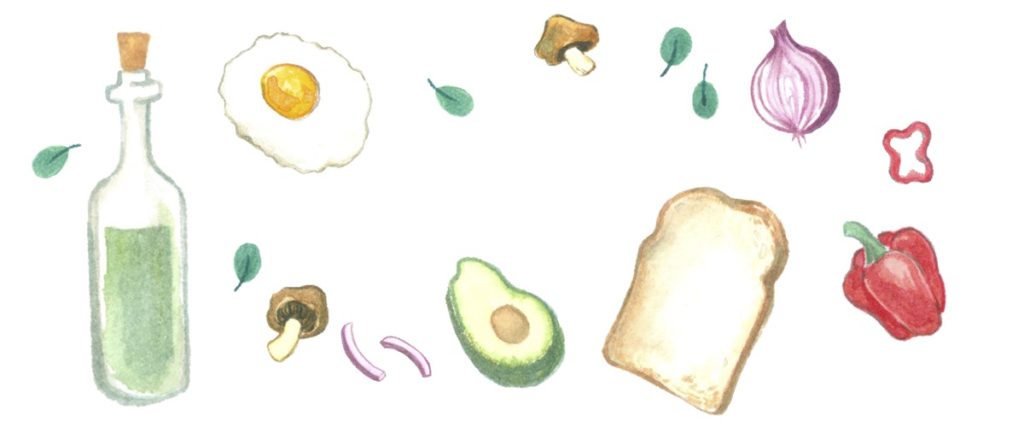
In every meal, try to get a source of carbohydrate, protein, and fat. For carbohydrates, reach for complex carbohydrates (whole grains, legumes, starchy vegetables, fruits, nuts, and seeds) that are rich in fiber and try to limit your intake of added sugars. Shoot for at least half or more of your protein from plant sources (beans, legumes, nuts, and seeds). Fill your diet with unsaturated fats, which are mostly found in plant foods (avocados, nuts, and vegetable oils). Use oils sparingly as they are a concentrated source of calories that provide few nutrients. And don’t forget about micronutrients (vitamins and minerals) and phytonutrients, which you’ll find in just about any colorful plant food.
When you balance your plate, you ensure that you are getting a variety of nutrients. Balancing your meals and snacks also helps moderate your intake, since you get a handful of nutrients (protein, fat, and fiber) that help keep you full for longer. If you just eat a donut or a piece of toast with jam for breakfast, you’ll feel hungry and reach for more food an hour or two later.
